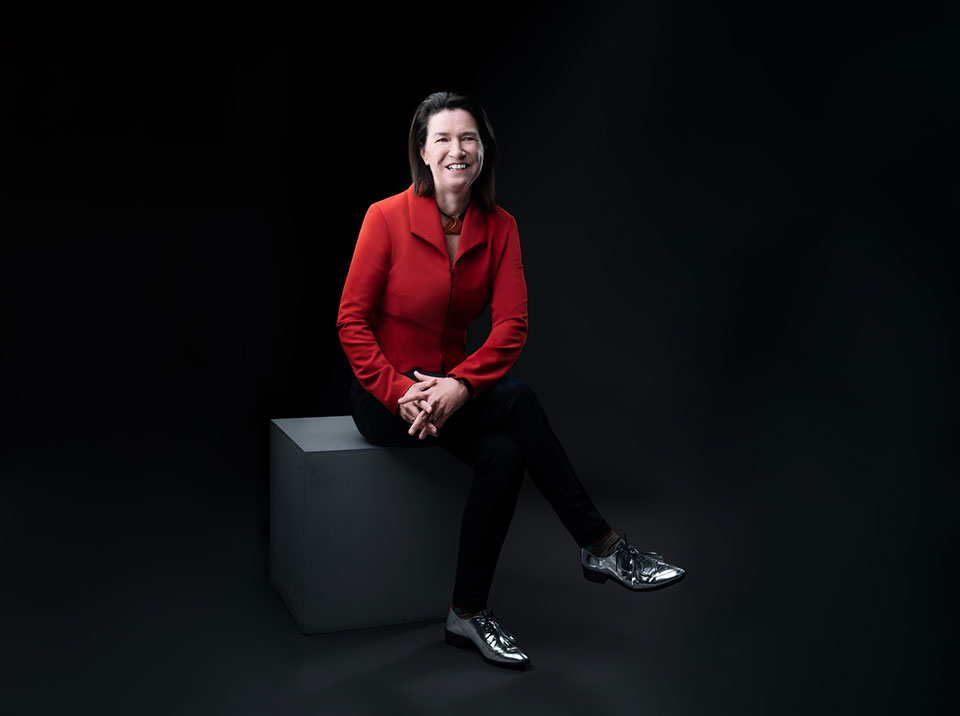The key to finding your corporate urban myths

Do you have any corporate urban myths? Perhaps you are not sure what an urban myth is or why it is important for business.
According to Wikipedia, an urban myth is ‘a genre of folklore comprising stories circulated as true.’
‘Circulated as true’ is an important part of this definition because the whole popularity of urban myths is that no one really knows with certainty if they are true. Overtime, the widespread sharing of the story transcends the truth.
We often encounter examples of this genre of folklore stories while travelling. Take Ireland’s Blarney Stone, a popular tourist attraction. Apparently kissing the stone endows the kisser with the gift of the gab. No-one really knows if this is true, hence why you will often see it written or told as ‘according to legend’. But the story is so powerful it is communicated and passed on regardless.
I’m sure you’ve been somewhere in the world and thrown a coin into a fountain or rubbed a statue to ‘bring you luck’. For example, Abraham Lincoln’s nose in Oak Ridge Cemetery; the boot of the John Harvard statue at Harvard University; or even the testicles on the Charging Bull statue just off Wall Street in New York.
Are these stories true and do they really bring you good luck? Who knows, but it’s the story that has a magnetic pull for us. I’ve been to the John Harvard statue in the grounds of Harvard University. The statue itself is mounted on a big concrete block about 180 centimetres tall, with his boot hanging over the edge. I did not have any evidence at all that rubbing the toe would bring me good luck, yet I rubbed it anyway … because the story made it real. I have also been to the Charging Bull in New York but stopped short of rubbing the testicles.
As times goes by, it’s the stories that make things real, not the actual event. Over time it doesn’t really matter if it was true or not.
When it comes to your own corporate myths, I am not suggesting that you make up stories but rather make an effort to find and share them. These stories can be a vehicle to connect and engage with current employees and customers. Without the ongoing sharing of the story, the actual event will be lost or forgotten, and companies will start to lose their corporate memory.
For example, have you heard the story of Roger Corbett, the retired CEO of Woolworths, and a shopping trolley? (No, it’s not a joke.) Apparently when he was running Woolworths’ retail operations in 1998, he came across an empty Woolies trolley and pushed it all the way from Sydney’s Circular Quay near the Opera House to the Town Hall supermarket.
At the time, Corbett was creating a culture of attention to detail and cost reduction. He retired in 2006, yet that story is still shared today; it’s become an urban myth in the company.
The other story I often hear comes from when Apple was developing the very first iPod. Apparently when engineers completed the prototype, they showed it to Steve Jobs for his approval. Jobs was not happy, saying it was too big. The engineers explained that it was simply impossible to make it any smaller. Jobs responded by dropping it in a fish tank and as the air bubbles floated to the top, he said, “Those are air bubbles, so it means there’s space in there. Make it smaller.”
I also think Steve Jobs knew a thing or two about the power of stories, considering this quote is attributed to him: “The most powerful person in the world is the storyteller. The storyteller sets the vision, values and agenda of an entire generation that is to come.”
Generations on, people are still kissing the Blarney Stone in Ireland or rubbing parts of a statue to bring them good luck and will continue to do so for generations to come. Likewise, the stories of Roger Corbett and Steve Jobs can still influence the vision, values and agenda of an entire generation that is to come.
You can too, if you make the effort to find and share your very own corporate urban myths.
Written by Gabrielle Dolan. Have you read?
Best Hospitality And Hotel Management Schools In The World For 2021.
Best Fashion Schools In The World For 2021.
Best Business Schools In The World For 2021.
Best Medical Schools In The World For 2021.
Follow CEOWORLD magazine on Facebook, Twitter, Instagram, and LinkedIn.
Bring the best of the CEOWORLD magazine's global journalism to audiences in the United States and around the world. - Add CEOWORLD magazine to your Google News feed.
Follow CEOWORLD magazine headlines on: Google News, LinkedIn, Twitter, and Facebook.
Copyright 2025 The CEOWORLD magazine. All rights reserved. This material (and any extract from it) must not be copied, redistributed or placed on any website, without CEOWORLD magazine' prior written consent. For media queries, please contact: info@ceoworld.biz








